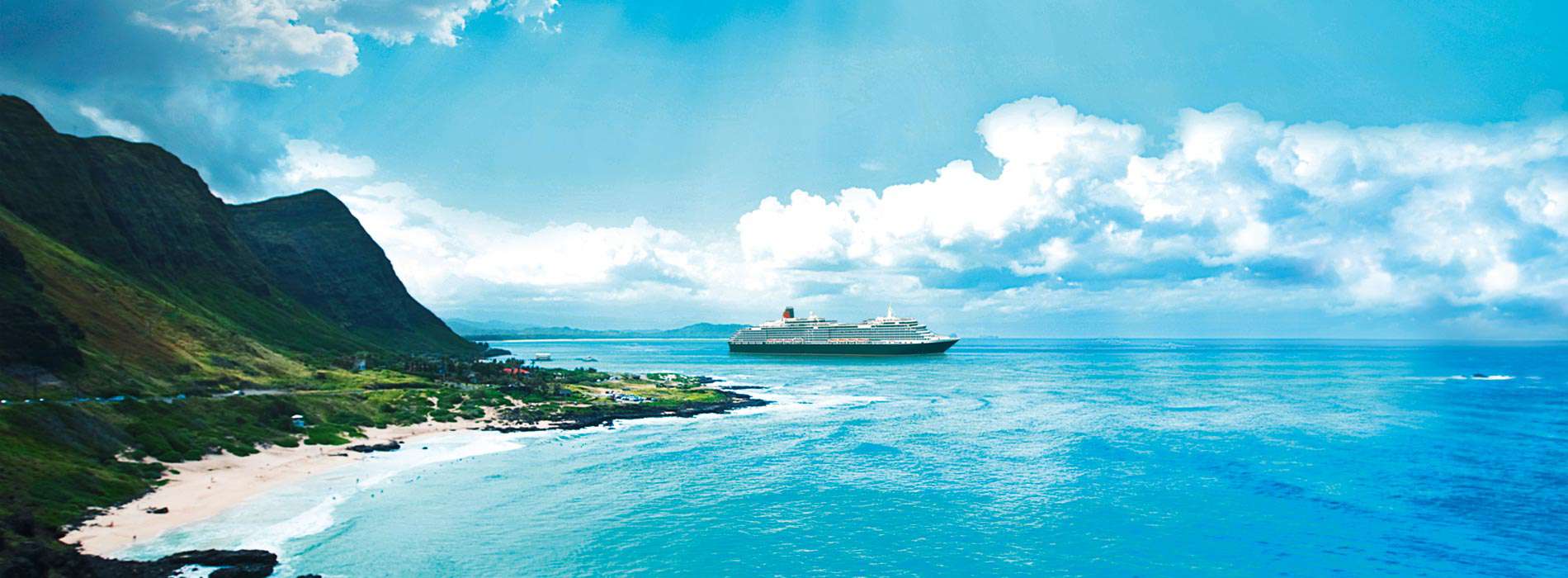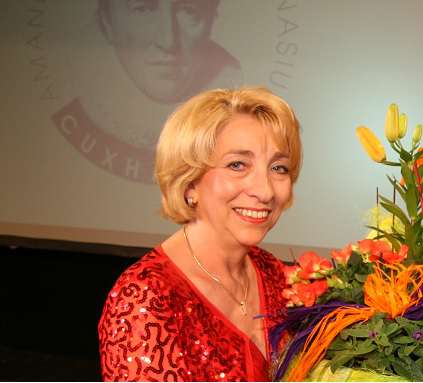Shanghai: Tradition and Modernity
ਪ੍ਰਕਾਸ਼ਿਤ: 27.03.2017
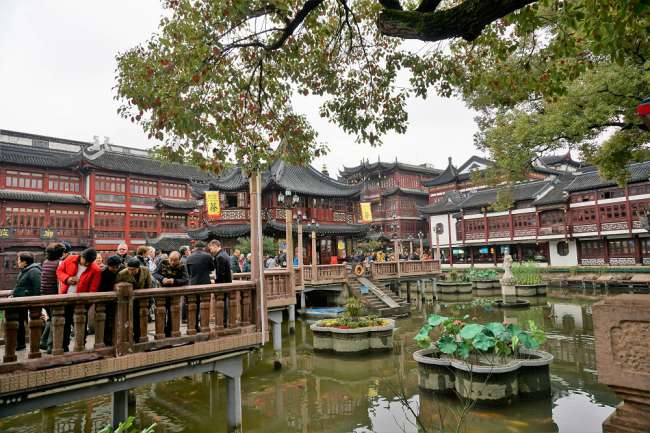
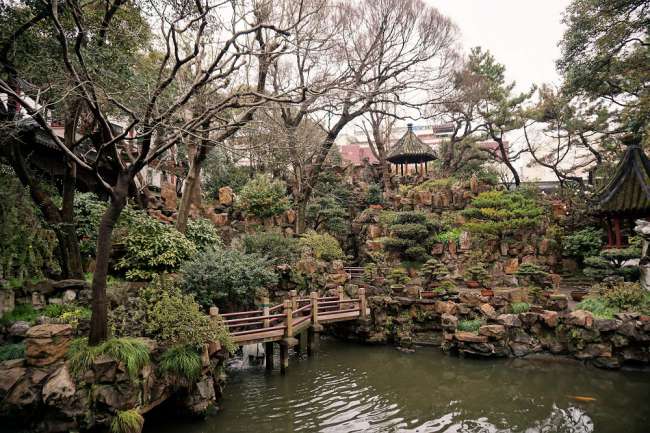
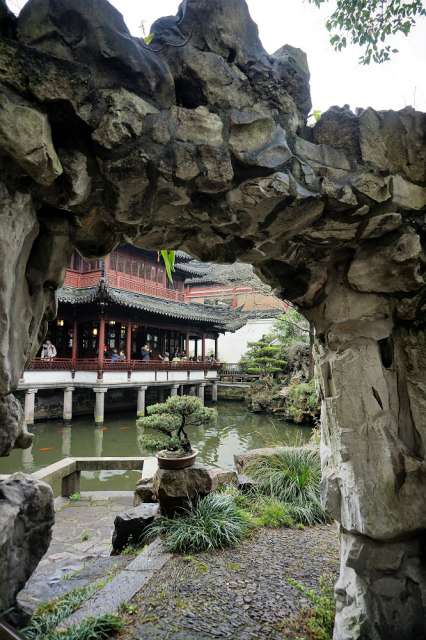
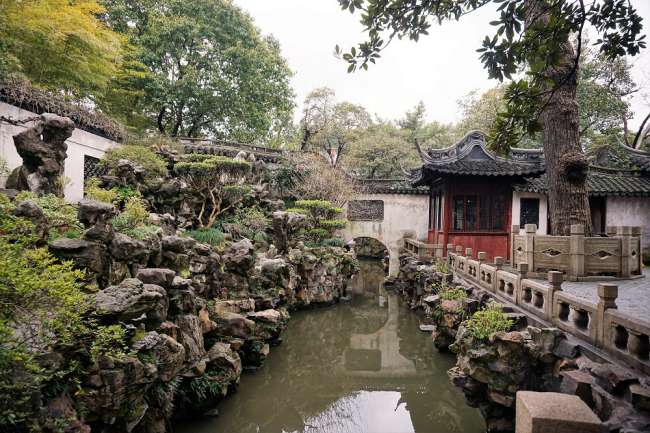
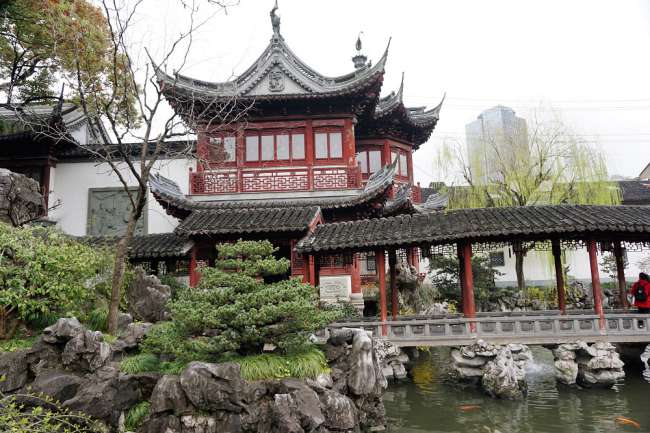
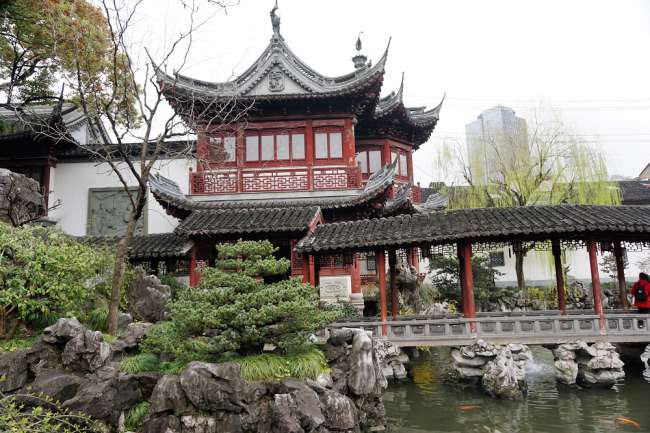
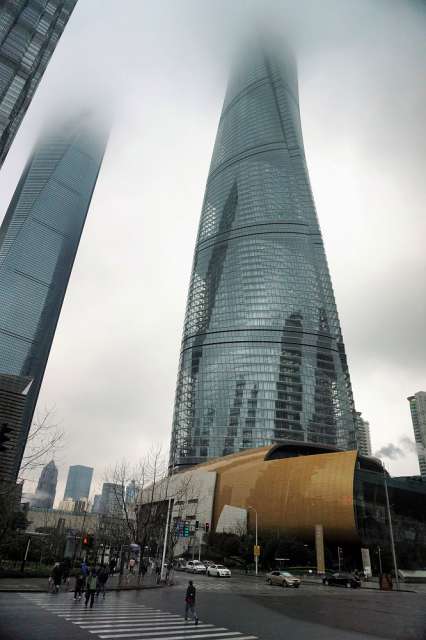
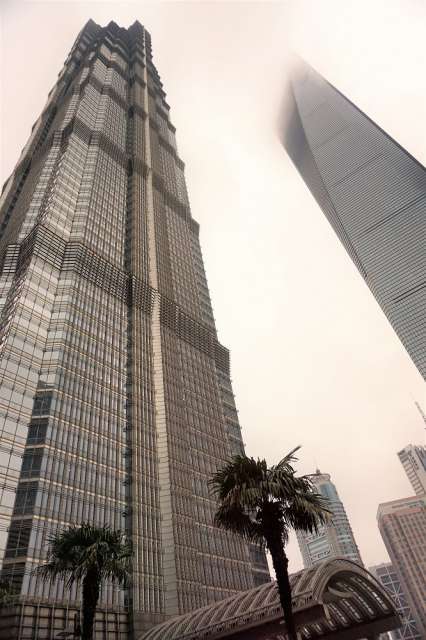
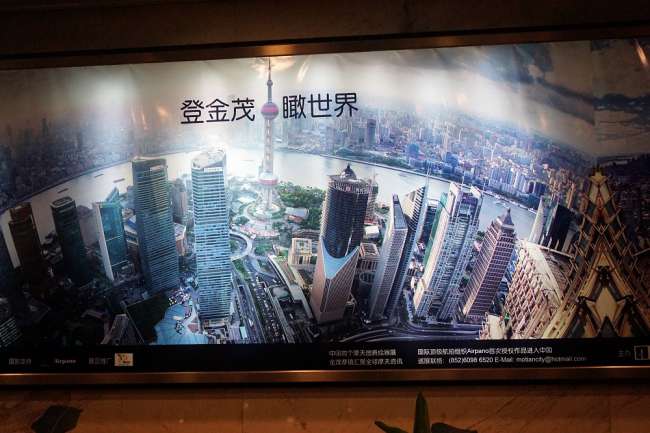
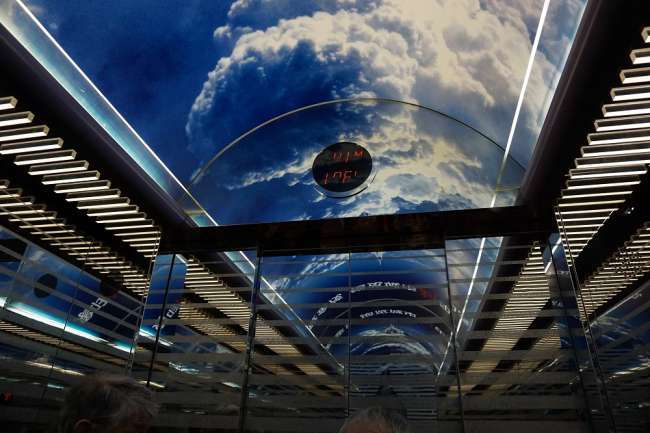
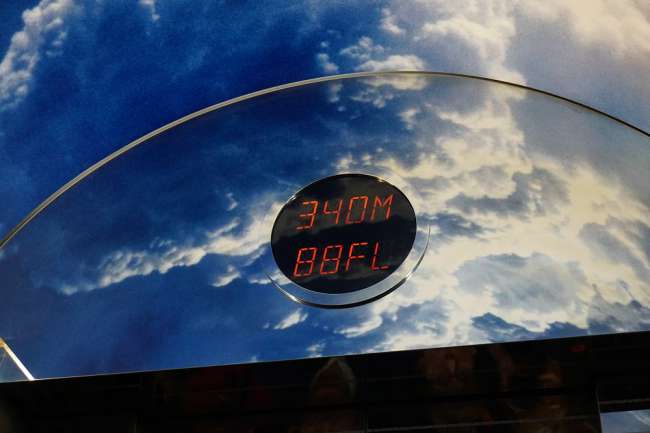
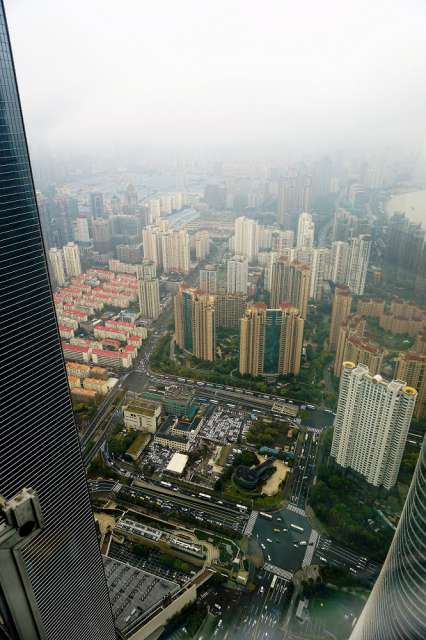
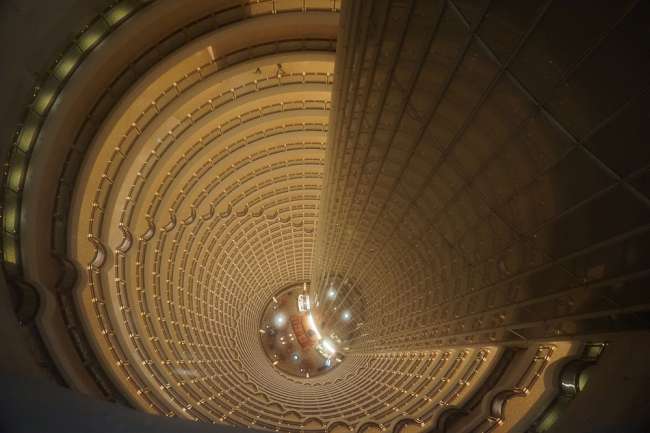
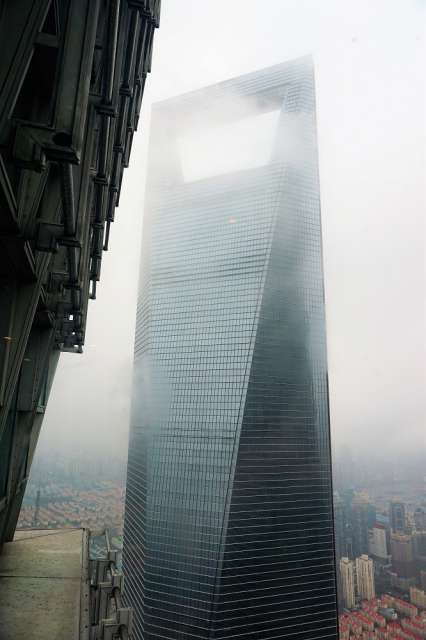
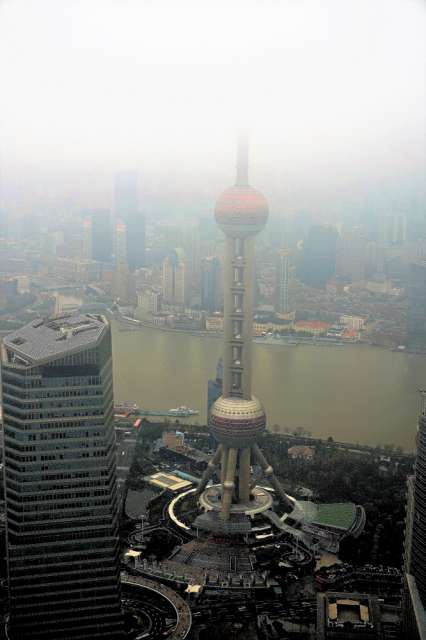
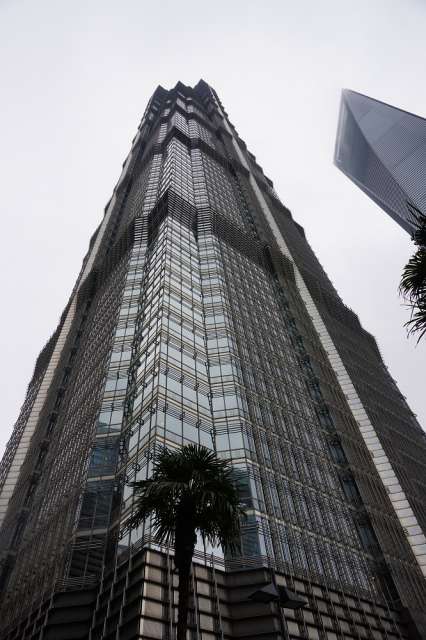
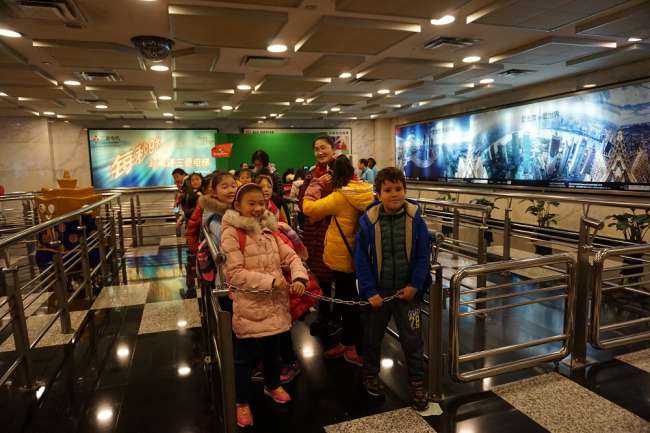
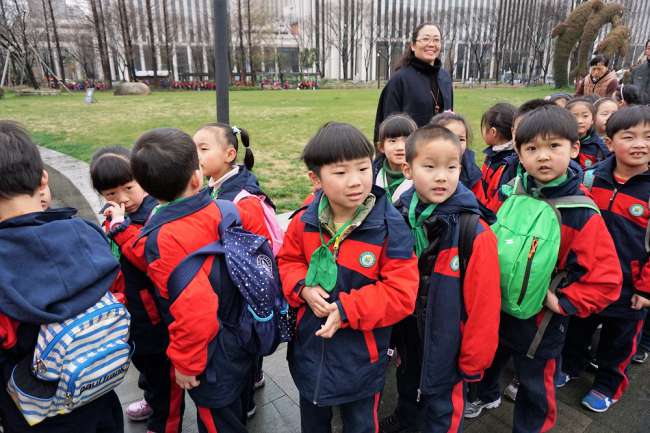
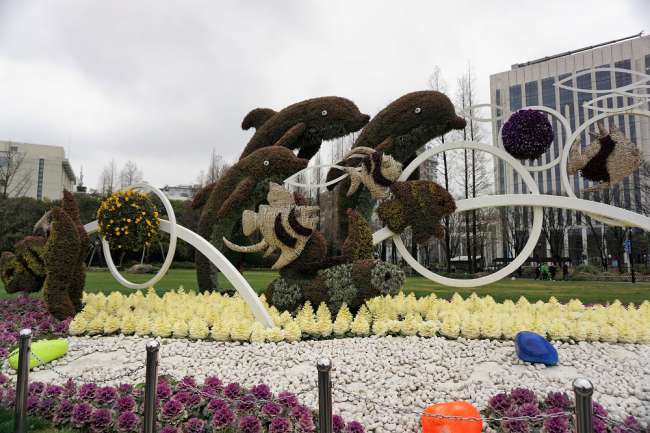
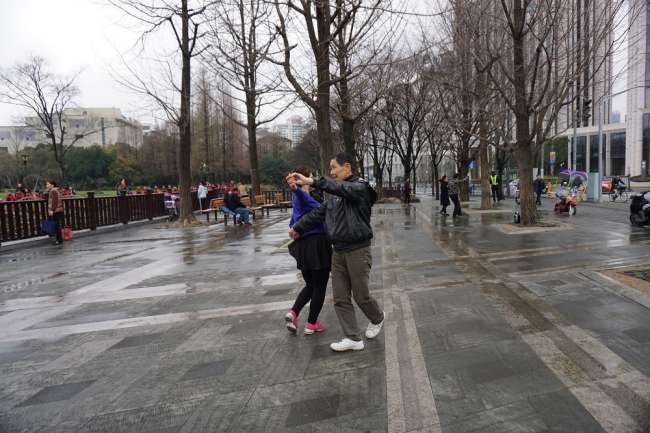
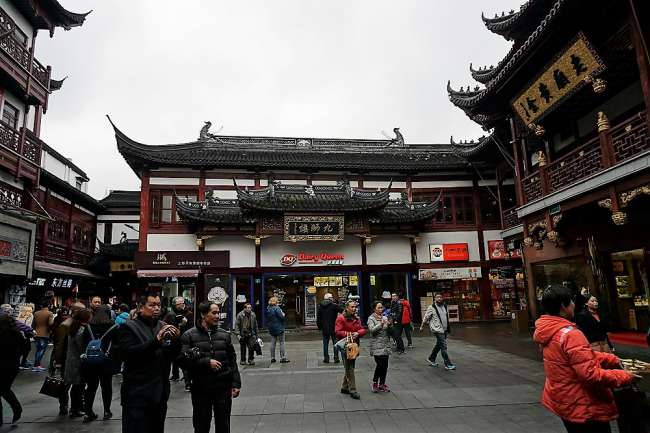
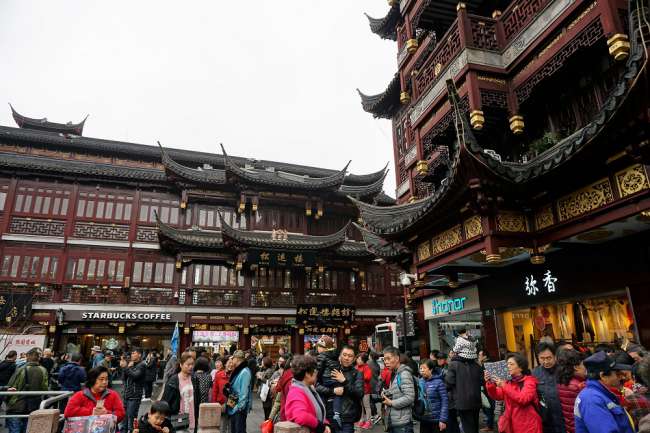
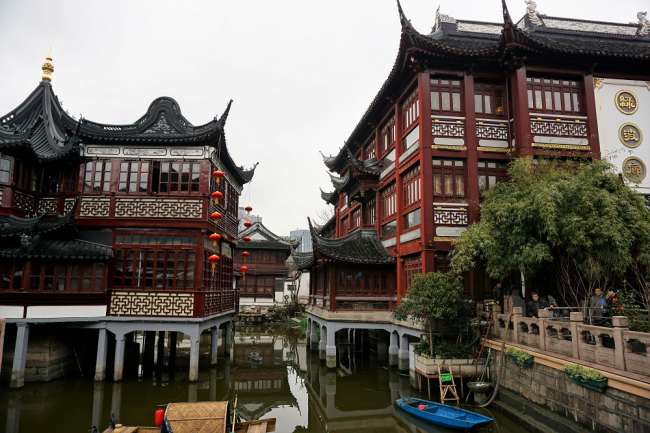
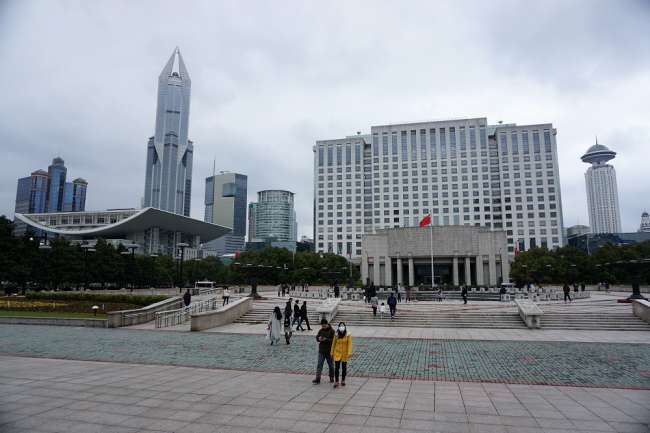
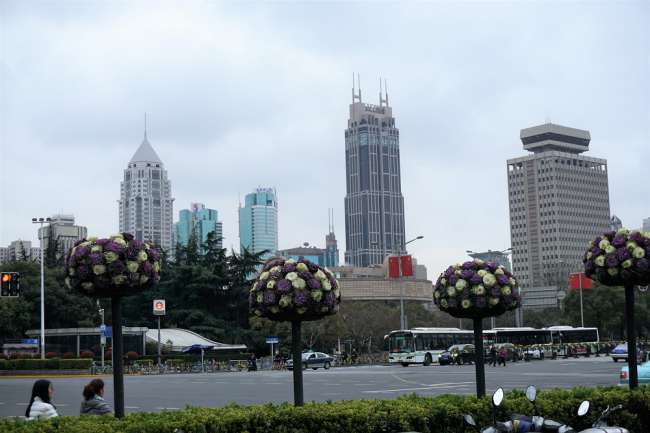
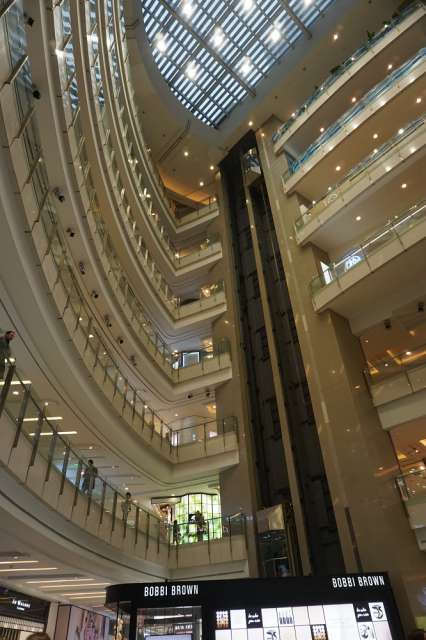
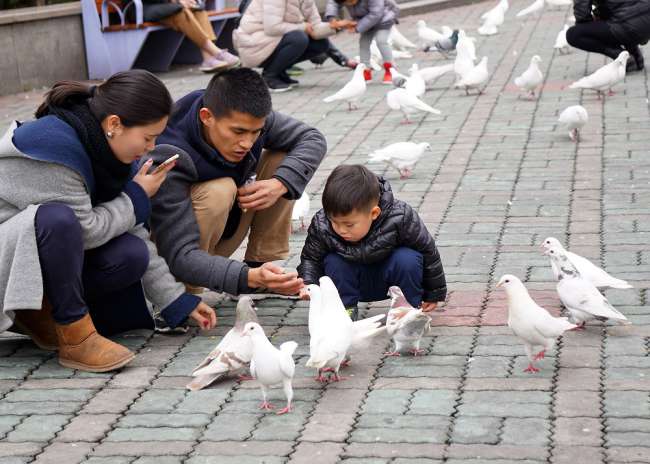
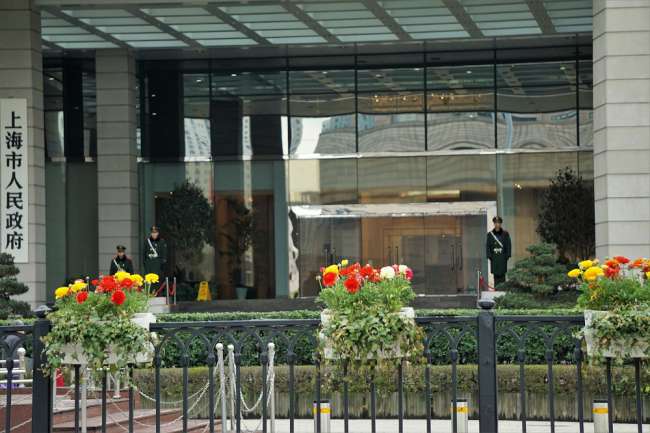
ਨਿਊਜ਼ਲੈਟਰ ਦੀ ਗਾਹਕੀ ਲਓ

Now, after more than 80 days on my journey, it's time for the Asian cities.
First on the list was Shanghai, followed by Hong Kong a few days later. I was particularly excited about Shanghai, as it is considered the most dynamic city in the world, growing at the fastest pace. Currently, there are about 24 million people living in Shanghai, which is difficult for me to imagine in terms of size.
Thus, this city is experiencing a new phase in its eventful history, as it was already significant as the world's 3rd largest financial center in the late 19th century. Although Shanghai was never a real colony, it was under the influence of colonial powers. After 1949, Shanghai lost its significance with the founding of the People's Republic of China, and it wasn't until 1990 that the Pudong area was declared a "Special Economic Development Zone" by the Chinese government, sparking rapid modernization.
After a 45-minute ride from the ship, we arrived in the modern Pudong skyscraper district, across from the old quarter along the river. Here, Shanghai reveals its new face with imaginatively designed skyscrapers against the initially, unfortunately, cloudy sky. I went to the Jinmao Tower, from which you have a great view of Shanghai from the 88th floor at a height of 340m, especially of the 1.6 km long "Bund," the old riverside promenade from the 19th century with its old colonial-style buildings. These have also been beautifully restored. Futuristic buildings and houses from the colonial era stand facing each other in the distance.
The ride in the fast elevator already gave us the impression of going into the clouds, as the ceiling looked like a photo of a cloudy sky. And indeed, we did go into the clouds, as they enveloped the top tips of the skyscrapers. But that also looked very interesting. With time, the round, red ball of the TV tower came increasingly out of the clouds. I found one of the skyscrapers particularly interesting, as it looked like a bottle opener with clouds passing through its gap. The Jinmao Tower looks as if it consists of boxes, similar to those used for take-out at Chinese restaurants. I saw a photo where this becomes particularly visible from an aerial perspective. This is said to have been the architect's concept and intention. I also found the view into the inner shaft of the tower, which clearly demonstrates its towering height, impressive. Many school classes took a trip to the tower and caused quite a noisy commotion. School children are the same everywhere in the world when they go on a trip.
During a short walk in the old town, I liked the beautifully planted pots and areas with spring flowers, even along the four-lane streets. A truly colorful, blooming, and vibrant city, such as the dancing couples near a park. It got really crowded and lively in the old town, which reminded me a bit of Disneyland with its maze-like alleyways and replicated houses in Chinese style with pagoda roofs, along with stores from well-known Western retail chains.
However, I found the very aggressive sellers unpleasant, which was a notable difference from the very reserved Japanese. The Chinese wanted to sell at any cost and were not discouraged by a clear "no." It was a great advantage that I had taken or am still taking a Chinese course on board. I learned to say the 4th tone in a loud voice downwards like an insult, and with it, the word "no," which sounds like a long "BOO" in the first syllable. I was surprised myself at how effective it was, they immediately left me alone afterwards. I wouldn't have dared before taking the course. Our social host, John, told me that a Chinese woman followed him for 45 minutes and shouted "bags" every time he turned around. She was like a shadow, and he was quite annoyed.
I really liked the Yu Garden located in the old town, with its rock gardens, ponds, and the famous zigzag bridge with the Huxinting Teahouse, which was established in 1784 by wealthy cotton merchants. The nine corners of the bridge are said to keep away evil spirits that can't walk around corners. The whole garden feels like a maze, you lose your orientation and get the impression of size. The many rocks, small caves, and gorges are meant to represent the landscape of southern China.
For lunch, we went to the restaurant on the top floor of the modern theater on "People's Square," which was very elegant, decorated in a banquet style with chandeliers and modern furnishings. Throughout the city, you get the impression that everything is designed to show off, like a shop window of modern China, for example, the elaborate flower decoration at People's Square, the modern architecture of government buildings, the new subway system with 16 lines, streets laid out in tiers, and elegant shopping centers featuring all the luxury Western brands.
The red Chinese flags in People's Square made it clear to me that from a political system perspective, it is still the old communist China, although the country effortlessly manages this almost incomprehensible balancing act between communism and a market economy. They have long since caught up with the Western countries in terms of development.
I also noticed how business-minded the Chinese are through our tour guide. The Chinese woman was very committed, full of energy and enthusiasm, telling us all about Shanghai. She told us about her family and that she didn't have a husband, and her father was already desperate because the tree in the garden that is planted at the birth of a daughter and cut down for her wedding keeps growing taller. We noticed how business-minded she was during a short break when she handed out her business cards and talked about her travel company. She asked us to google it on the internet and give good ratings, so that she could rank higher on Google and potentially attract more customers. This made me realize how ratings are manipulated with semi-legal tricks. However, her ambitions were suddenly severely disrupted when the bus driver emerged from his break and stopped her quite angrily, saying a lot of unfriendly things. Unfortunately, my Chinese course was not enough for me to understand, but his tone of voice made it possible. Afterwards, she only whispered her request to a few people, but she wasn't deterred and continued.
I hope I have given you a small impression of Shanghai.
Otherwise, I'm doing well. Nearly 700 Chinese people have joined us on board after Japan, which has also changed life on board. It's an interesting experience how each nation influences daily life on board when there are so many of them.
There was a lot of excitement and disbelief on board in Japan because an American was arrested for drug possession. He was escorted off the ship in handcuffs by 3 police officers, along with his wife and luggage. He is said to be a veterinarian who was known to be very friendly and nice. You simply don't expect something like this. The immigration dogs apparently sniffed out the drugs when leaving the ship for shore leave, which led to a search of his cabin, where they found something. There was no pardon, even from our captain's side. Incredible! On such a long cruise, I experience a lot that I didn't expect.
Warm regards to all of you!
Eva
ਨਿਊਜ਼ਲੈਟਰ ਦੀ ਗਾਹਕੀ ਲਓ
ਜਵਾਬ
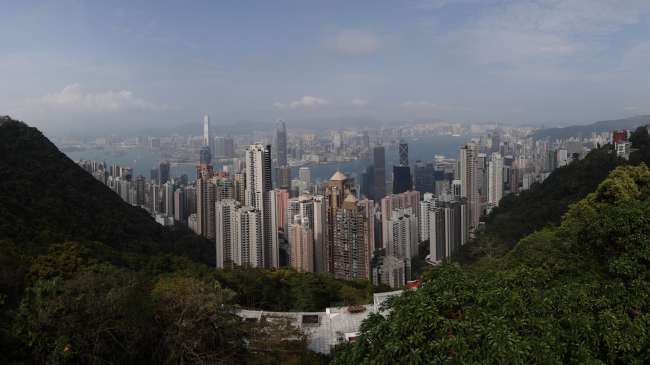
ਯਾਤਰਾ ਰਿਪੋਰਟਾਂ ਚੀਨ
